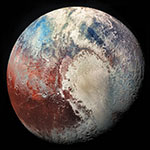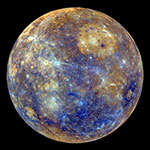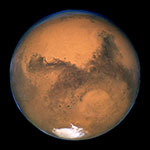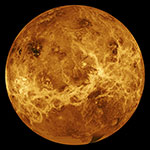The Surface Area Of Planets In Our Solar System
Surface area, in the context of planets, refers to the total area of the outermost layer or surface of a planet. It represents the extent of the planet's physical coverage, including its solid or rocky crust, as well as any bodies of liquid or gas present on its surface.
The surface area of a planet is a fundamental measurement used to describe its size and spatial extent. It is typically expressed in units of square kilometers (km²) or square miles (mi²). By calculating the surface area, scientists can quantify the amount of physical terrain available for geological processes, atmospheric interactions, and potential habitability.
The surface area of a planet can vary significantly depending on its size and composition. Larger planets tend to have larger surface areas compared to smaller ones. For instance, Earth, with a diameter of about 12,742 kilometers (7,918 miles), has a surface area of approximately 510 million square kilometers (196.9 million square miles). In contrast, Mars, with a diameter of about 6,779 kilometers (4,212 miles), has a surface area of approximately 145 million square kilometers (55.9 million square miles).
| Name | \(10^6 km^2\) | Ratio To Earth Value | |
|---|---|---|---|
| Pluto |  |
17.7 | 0.035 |
| Moon |  |
38 | 0.074 |
| Mercury |  |
74.8 | 0.15 |
| Mars |  |
144.4 | 0.28 |
| Venus |  |
460.2 | 0.90 |
| Earth |  |
510.1 | 1 |
| Neptune |  |
7618 | 14.93 |
| Uranus |  |
8083 | 15.85 |
| Saturn |  |
42700 | 83.71 |
| Jupiter |  |
61420 | 120.41 |
| Sun |  |
6078747.77 | 11916.78 |

